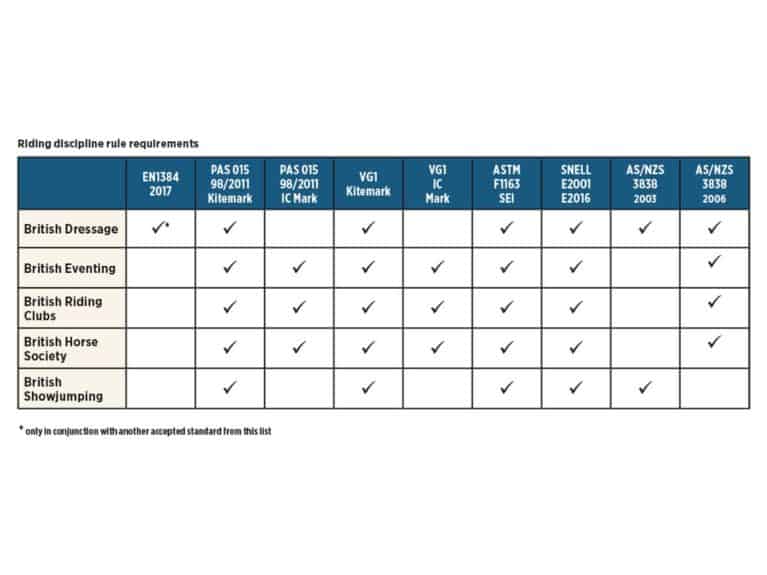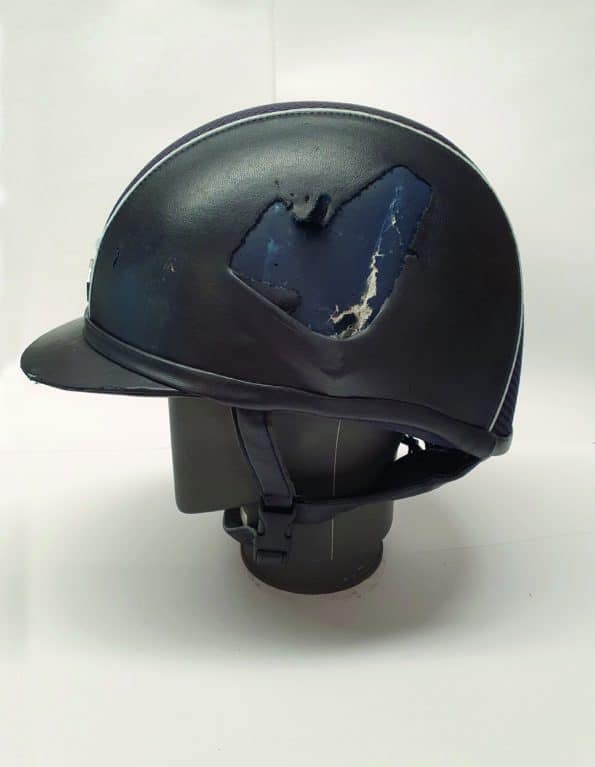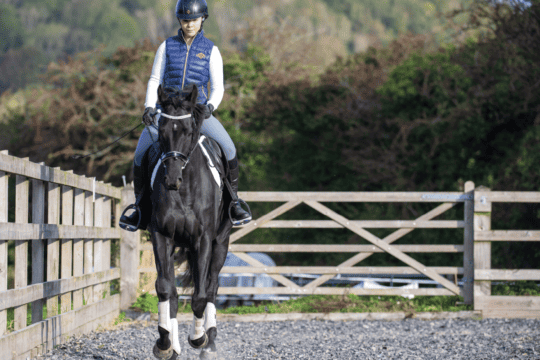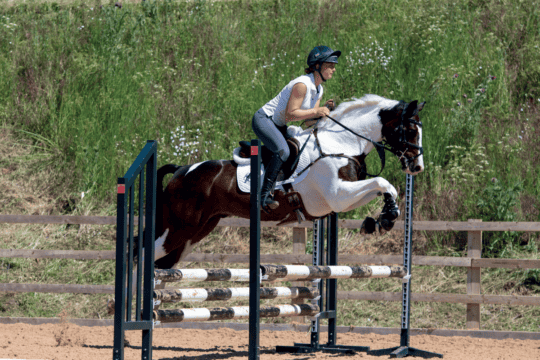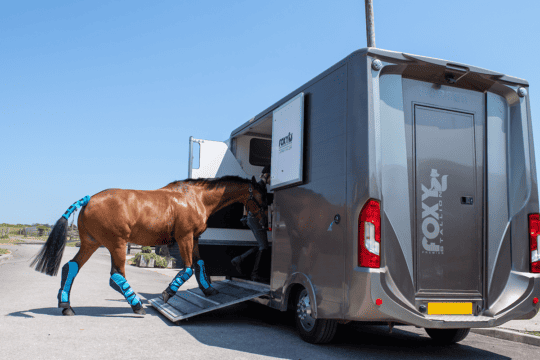-
Riding Schooling and Training
-
Health and Veterinary
-
Management
-
Mind Matters
-
Buying and Selling
-
Insurance Advice
FAQs
Find out if your hat meets the standard safety requirements with Team Horse&Rider
Posted in Riding Schooling and Training
Is it time you replaced your riding helmet? Find out if your hat meets your riding discipline rule requirements with team Horse&Rider
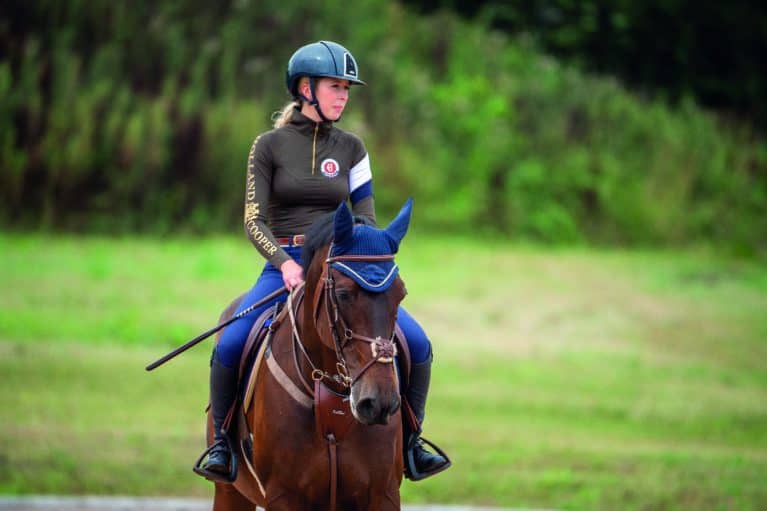
As arguably the most important piece of riding safety kit you’ll buy, your hat takes on a multitude of major responsibilities. Reducing the risk of sustaining a serious head injury is a full-time job and certainly not for the faint hearted. That’s why you need to make sure your helmet of choice is up to the job.
Safety first
Riding hats are designed to protect your head for just one impact, such as a fall or even being dropped on a hard surface, and must be replaced afterwards. Even if your hat’s lucky enough not to have experienced either, it’s still recommended you replace it every three to five years, depending on how much you wear it, because the protective materials will deteriorate after this time.
While a riding hat can feel like an expensive initial outlay, when you consider its life-saving properties – not to mention the anticipated cost per use if you wear it multiple times a week for up to five years, for the budget-savvy among us – that trade-off between your wallet and your life doesn’t seem so important anymore. Still need some convincing? Two riders share their tales of the time their riding helmet saved their lives…
Fit for purpose
In May 2019, Hannah Norvill had an unsupervised fall from her horse, during which she was knocked unconscious and was then hospitalised for several weeks with a brain bleed. After replacing her helmet, which sustained serious impact during the fall, Hannah returned her original helmet to its manufacturer, Champion, to allow them to examine it in greater detail.
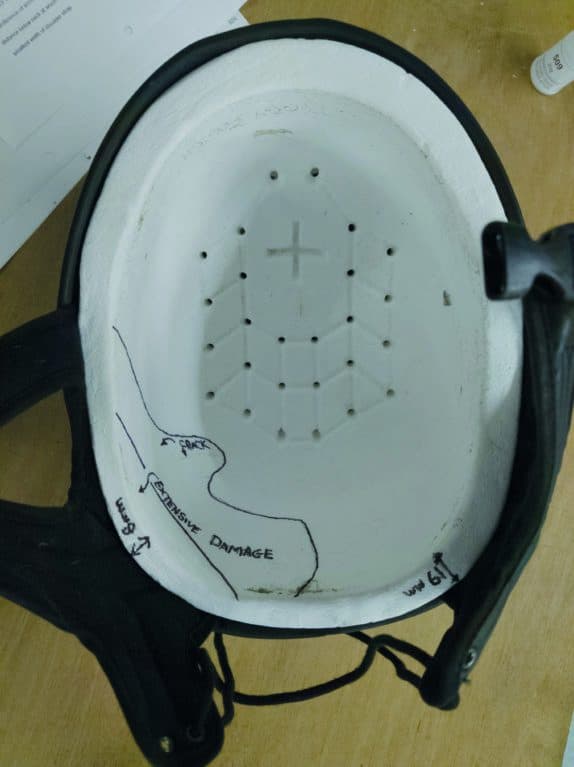
The helmet had experienced significant damage, with both the outer shell and protective foam liner cracking. Additionally, the foam liner had been crushed to half its original thickness. This level of damage emphasises the severity of the fall Hannah suffered and shows how her helmet acted as designed to absorb much of the impact. By working in this fashion, the helmet protected Hannah from long-term catastrophic injury, and likely saved her life.
Up to standard
Pictured (above) is the helmet of top US showjumper Laura Kraut after her fall at the end of July 2020. Laura’s horse was wearing studs for stability while jumping but as she fell from her horse on landing, he stepped on her head twice. Laura sustained injuries to her face but, remarkably, was back out competing within six weeks.
This is because her Charles Owen helmet was designed to withstand this kind of impact scenario – the PAS 015:2011 standard, with a BSI Kitemark that means it’s retested every year. If Laura hadn’t been wearing a helmet designed for this level of impact, the injury could’ve been much worse. By ensuring that your helmet is up to the latest standards, you’re helping to make sure you’ve got the best, and latest, safety mechanisms behind you.
